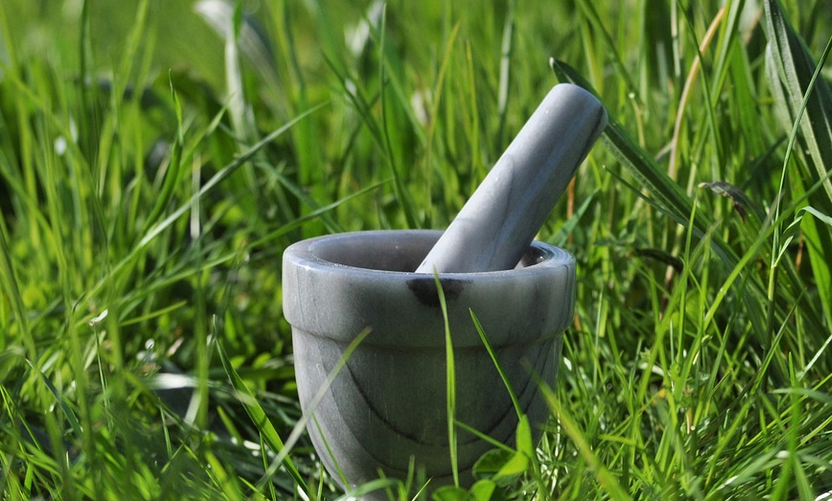Introduction
Potassium permanganate is a common oxidizing agent used in various industries, including water treatment. It is widely used in treating water to remove impurities and harmful microorganisms. However, there have been concerns about the safety of using potassium permanganate in water. In this article, we will explore the potential risks associated with potassium permanganate in water.
What is Potassium Permanganate?
Potassium permanganate is a purple crystalline compound that contains manganese and oxygen. It is commonly used as an oxidizing agent in various applications, including water treatment, medical treatments, and chemical synthesis.
How is Potassium Permanganate Used in Water Treatment?
In water treatment, potassium permanganate is often used to remove impurities, such as iron and manganese, and to disinfect water by killing harmful microorganisms. It is also used to control algae and other aquatic plants that can cause problems in water systems.
Is Potassium Permanganate in Water Harmful?
While potassium permanganate is generally considered safe for use in water treatment, there are some potential risks associated with its use. One of the main concerns is that it can cause skin irritation and burns if it comes into contact with the skin. Ingesting potassium permanganate can also cause irritation in the mouth, throat, and stomach.
What are the Long-Term Effects of Potassium Permanganate in Water?
There is limited research on the long-term effects of potassium permanganate exposure in water. However, some studies have suggested that prolonged exposure to high levels of potassium permanganate can cause respiratory problems and damage to the liver and kidneys.
How to Use Potassium Permanganate Safely in Water Treatment?
To use potassium permanganate safely in water treatment, it is important to follow the recommended guidelines and safety precautions. This includes wearing protective clothing, gloves, and goggles when handling the compound. It is also important to avoid inhaling the dust or vapors of potassium permanganate.
What are the Alternatives to Potassium Permanganate in Water Treatment?
There are several alternatives to potassium permanganate in water treatment, including chlorine, ozone, and ultraviolet light. These alternatives are often preferred because they are less hazardous and have fewer potential risks associated with their use.
Conclusion
In conclusion, potassium permanganate is widely used in water treatment to remove impurities and disinfect water. While it is generally considered safe for use, there are some potential risks associated with its use. To use potassium permanganate safely, it is important to follow the recommended guidelines and safety precautions. Alternatively, other water treatment options may be considered to minimize potential risks.

